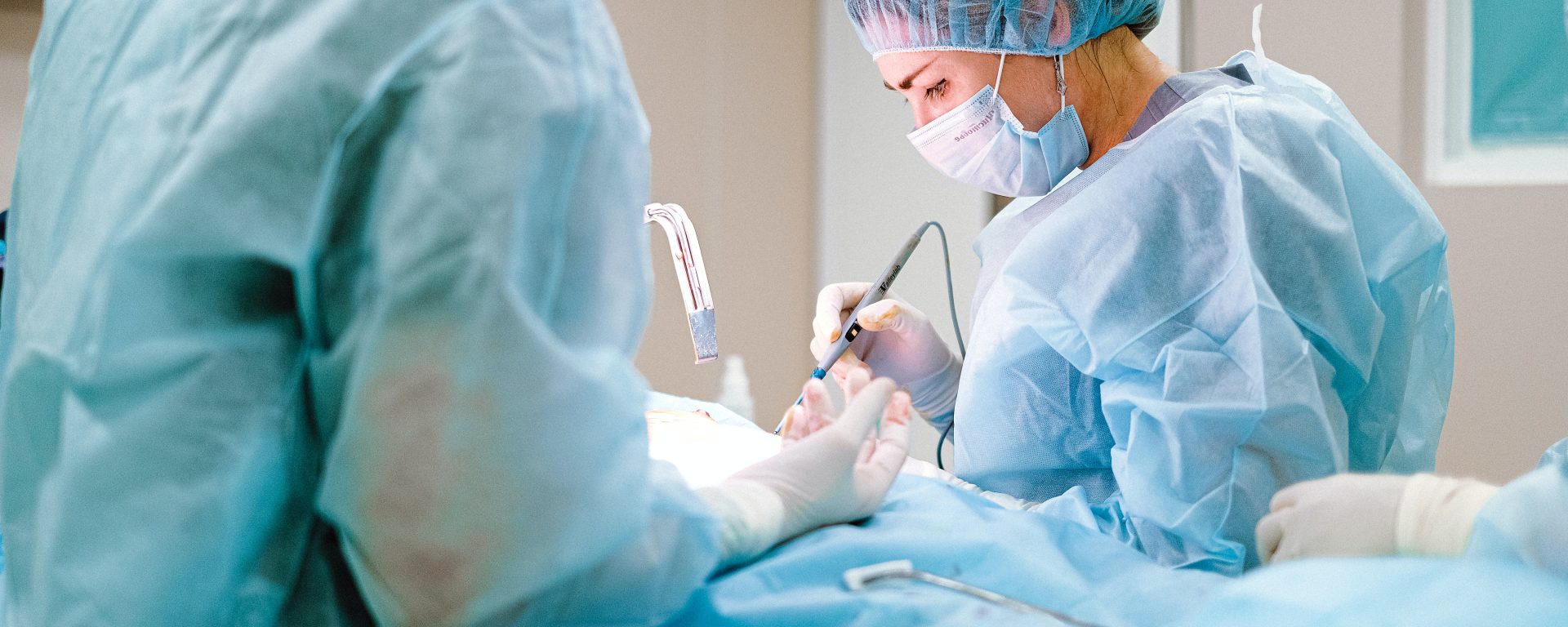In 2007, a groundbreaking study led by Bent Wulff Jakobsen and his team has shed new light on the treatment of first-time traumatic anterior shoulder dislocation. The research, conducted over a 10-year period, compared the long-term outcomes of two primary treatment approaches: surgical repair and conservative management. The findings suggest that surgical intervention significantly outperforms conservative treatment in preventing recurrences and ensuring better patient outcomes.
The study enrolled 76 patients, comprising 14 females and 62 males aged between 15 and 39 years, who had experienced their first traumatic anterior shoulder dislocation. After an initial arthroscopic diagnosis, patients were categorized based on the severity of their injury, with 6.6% having Baker type 1 lesions, 13.2% with type 2 lesions, and the majority, 80.3%, exhibiting type 3 lesions. These patients were then randomly assigned to one of two groups: conservative treatment involving a fixed sling for one week followed by a rehabilitation program, or open repair followed by a similar rehabilitation program.
The results at a minimum two-year follow-up were striking. In the conservative treatment group, a staggering 56% of patients experienced a recurrence of dislocation, while only 3% of patients who underwent surgical repair suffered a recurrence. This significant difference underscores the superiority of open surgical repair in preventing recurrent shoulder dislocations (P < .005).
Furthermore, among patients who did not experience dislocation recurrence, 39% in the conservative group and 7% in the repair group still reported positive apprehension test results, indicating persistent shoulder instability. This finding highlights the limitations of conservative management in addressing the underlying issues associated with traumatic shoulder dislocation.
The study’s long-term assessment, conducted after a decade, utilized the Oxford self-assessment score to evaluate patient outcomes. The results were telling. Among the surgically treated patients, a remarkable 72% reported good or excellent outcomes. In stark contrast, 75% of the conservatively treated patients expressed dissatisfaction with their results, primarily due to recurrent dislocations, persistent instability, and complaints of pain or stiffness.
In summary, this study provides compelling evidence in favor of open surgical repair for first-time traumatic anterior shoulder dislocation cases, particularly in active individuals seeking to reduce the risk of recurrence. With a recurrence rate of only 3% and a substantial proportion of patients reporting good or excellent outcomes after a decade, surgical repair emerges as the preferred treatment option for enhancing the long-term quality of life for those affected by this common orthopedic injury. These findings have the potential to reshape clinical practice guidelines, offering patients a more effective and satisfying path to recovery.
Reference: Jakobsen, B. W., Johannsen, H. V., Suder, P., & Søjbjerg, J. O. (2007). Primary repair versus conservative treatment of first-time traumatic anterior dislocation of the shoulder: a randomized study with 10-year follow-up. Arthroscopy: The Journal of Arthroscopic & Related Surgery, 23(2), 118-123.
